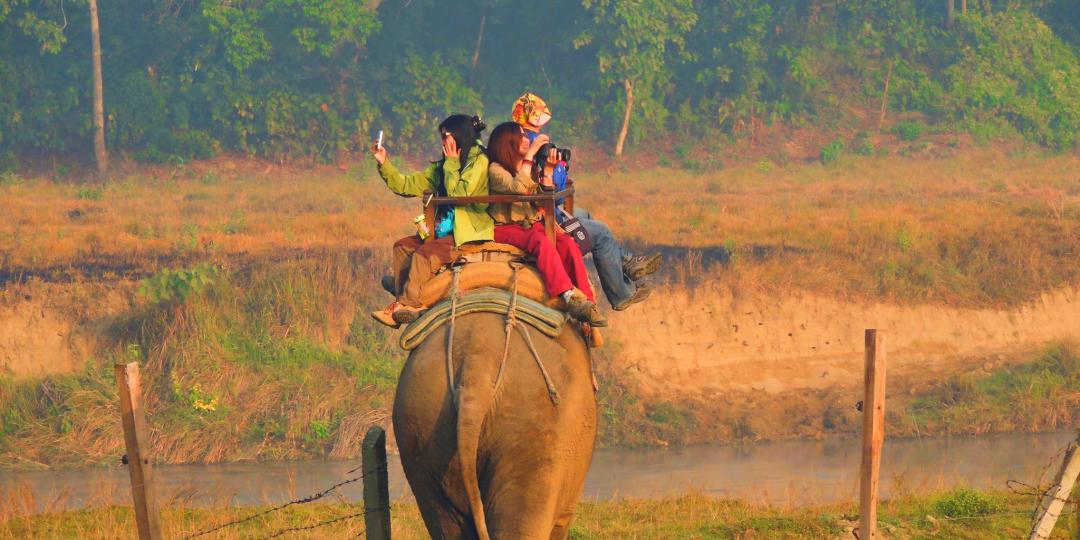Tourism association, SATSA, has not put in place any ban on wildlife interactions, and its guidelines on wildlife activities, released at the end of October last year, remain voluntary.
The association clarified its position following widespread media reports that new guidelines by SATSA sought to ban numerous wildlife interactions and hoped to implement such a ban by the end of July.
However, David Frost, CEO of SATSA, told Tourism Update that its guidelines would remain voluntary until its membership decided differently. The topic will be raised at the association’s AGM in July, but while members could vote for mandatory adherence, as a membership body, SATSA is not a regulatory authority and its mandate is not to regulate or enforce recommendations.
Frost said the process of putting together the guidelines was not intended to be exclusionary, but emphasised the importance of ethical guidelines on wildlife interactions, especially in the context of growing sentiment against them.
“The world is changing; the voice against animal interactions is growing louder and by being the first country worldwide to empower travellers and the tourism industry to make ethical and informed destinations, South Africa ensures we stay ahead of these changes and positions ourselves to safeguard our reputation and industry.”
The guidelines were released after a year-long research initiative engaging with the industry and seeking to establish a ‘line the sand’, identifying activities regarded as unacceptable.
Activities deemed unacceptable in the guidelines are tactile interactions with infant wild animals, predators and cetaceans (marine mammals including whales and dolphins); riding of wild animals; walking with predators or elephants; and performing animals.
According to SATSA, over 60 tour operators and tourism establishment members have committed their support for the guidelines.
A toolkit was also released that seeks to assist tourism businesses and travellers to make ethical decisions when considering whether to support an attraction.
The guidelines and toolkit can be accessed here <https://www.satsa.com/wp-content/uploads/SATSA_HumanAnimalInteractions_Final5_Interactive.pdf and here <https://www.satsa.com/wp-content/uploads/SATSA_HumanAnimalInteractions_Tool6.pdf>
In 2016, SA Tourism also took a position not to promote or endorse any interaction with wild animals, including petting or walking with wild cats and interacting with elephants, and urged tourists to avoid visiting breeding farms and captive facilities that offer animal interactions.























